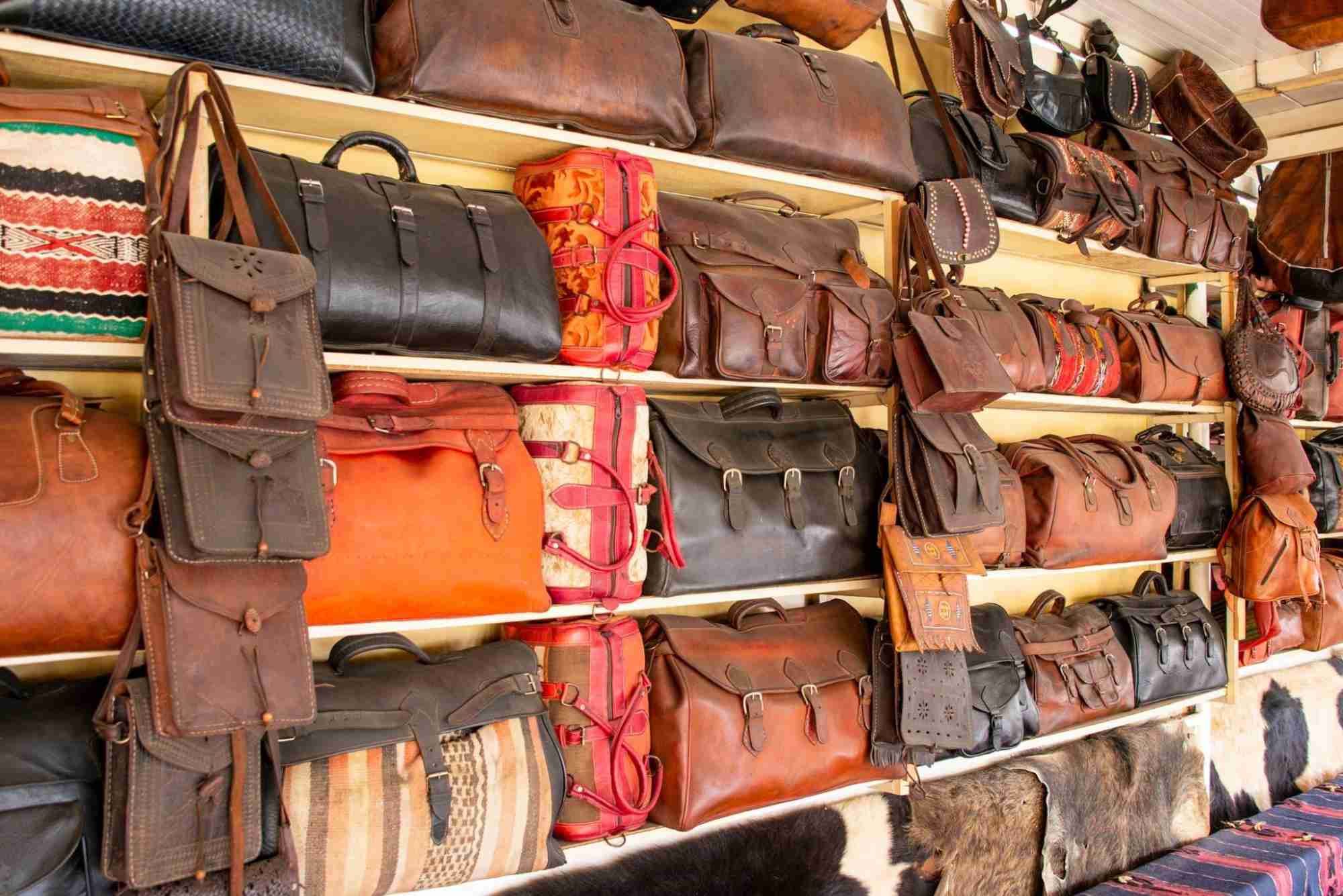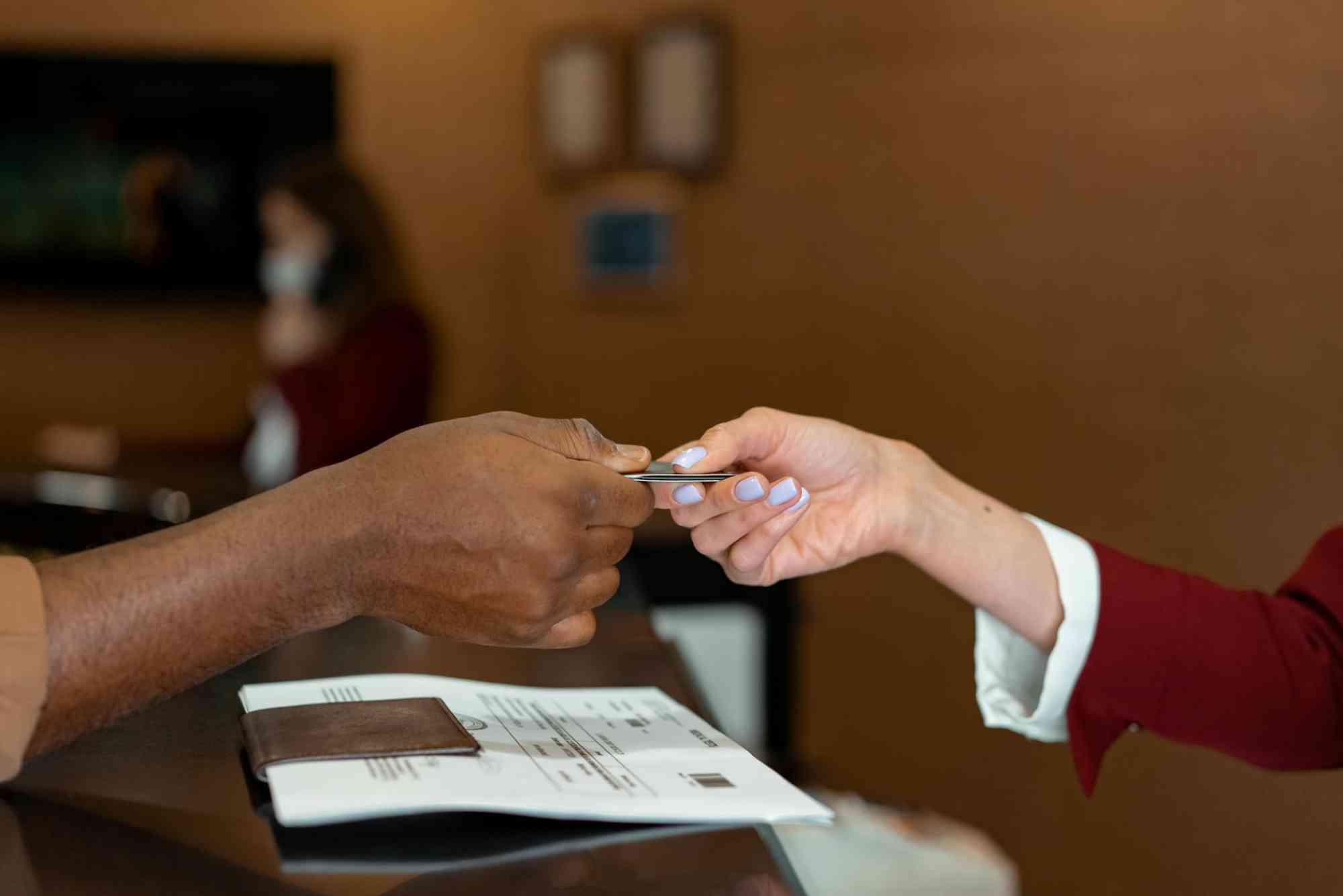Introduction
Travel is more than visiting destinations; it’s about immersing yourself in experiences that awaken the senses. Few journeys are as rich as those that combine bustling markets, artisanal leather craftsmanship, and stunning vistas. This trio—markets, leather, and views—offers a perfect blend of culture, craftsmanship, and natural beauty. Whether you are a seasoned traveler or someone planning your next escape, understanding how these elements intertwine will elevate your journey.
Exploring local markets is an invitation to engage with the heart of a community. Markets are living stories, bustling with energy, colors, and aromas that tell of a place’s history and lifestyle. Here, every corner offers surprises, from handmade goods to fresh produce, and from vibrant textiles to flavorful street food. Visiting a market is not merely shopping; it is an opportunity to connect with locals, observe traditions, and absorb a culture’s rhythm.
The Allure of Local Markets
Immersive Cultural Experiences
Walking through a market, you encounter a sensory tapestry that transports you into the daily lives of locals. Sounds of vendors calling out their wares, the rich aroma of spices, and the sight of vibrant fruits and vegetables combine to create a unique atmosphere. Each market has its own identity, influenced by geography, history, and local customs. For example, Mediterranean markets brim with olives, fresh bread, and colorful ceramics, while Asian markets may showcase exotic fruits, spices, and handcrafted textiles. The diversity found in markets allows travelers to experience the soul of a destination in a single stroll.
Finding Unique Treasures
Markets are treasure troves for those seeking one-of-a-kind items. From handcrafted jewelry to local artwork, every purchase supports artisans and preserves traditions. Leather goods are often a highlight, prized for their durability and craftsmanship. Many markets feature workshops where visitors can watch artisans shape leather into wallets, belts, bags, and shoes. Observing these skilled hands at work adds a layer of appreciation for the items and enhances the value of your purchase. Investing in handcrafted leather items ensures a tangible memory of your travels that also carries cultural significance.
Engaging with Local Cuisine
No market experience is complete without sampling local flavors. Street food often serves as an entry point into regional culinary traditions. Small stalls may offer traditional pastries, fresh juices, or regional delicacies prepared with centuries-old techniques. Tasting food in a market context allows you to understand the interplay of culture, geography, and history in the local diet. Beyond flavor, it’s about the story behind every dish, from the ingredients to the cooking methods. Travelers who embrace these culinary experiences gain a deeper connection to the place they are visiting.
Leather: Craftsmanship at Its Finest
Historical Significance of Leather
Leather has been a symbol of quality and resilience for centuries. From footwear and belts to furniture and fashion accessories, leather items blend functionality with artistry. Regions known for leather often have centuries-long traditions passed down through generations. In Italy, for instance, Florentine leather workshops continue to produce hand-stitched bags and shoes renowned worldwide. Similarly, Moroccan tanneries reveal centuries of expertise in turning raw hides into supple leather using natural dyes and techniques. Learning about these traditions adds depth to the traveler’s appreciation and offers insight into cultural identity.
Visiting Artisan Workshops
A truly enriching experience comes from visiting leather workshops. Here, you can observe artisans selecting hides, tanning, and hand-stitching each piece. Some workshops allow travelers to participate in basic crafting, such as embossing initials or assembling a small item. This interaction creates a memorable connection to the craft. Moreover, buying directly from these artisans supports local economies and encourages the continuation of traditional skills. A handcrafted leather item becomes more than a souvenir; it is a story, a piece of heritage, and a tangible memory of your travels.
Choosing Quality Leather
Understanding quality leather is essential for travelers who wish to invest in pieces that last. Full-grain leather is the most durable and develops a beautiful patina over time. Vegetable-tanned leather is environmentally friendly and often handmade using traditional techniques. Paying attention to stitching, finish, and aroma can help distinguish genuine craftsmanship from mass-produced imitations. Travelers who prioritize quality over quantity not only bring home long-lasting items but also respect the artistry behind their creation.
Scenic Views: Nature and Urban Landscapes
Urban Landscapes and Rooftop Perspectives
Cities that feature markets and leather workshops often have unique vantage points. Rooftop cafes, terraces, and observation decks provide panoramic views of urban life below. Watching the market from above allows you to appreciate its scale and organization, capturing the energy in a single frame. Urban landscapes often blend history and modernity, showcasing centuries-old architecture alongside contemporary designs. A well-timed visit to a rooftop at sunset can transform an ordinary cityscape into an unforgettable memory.
Natural Vistas and Escape from the Bustle
Beyond cityscapes, surrounding natural vistas provide a contrasting sense of calm. Mountains, rivers, and valleys near market towns offer hiking, photography, and quiet reflection. These views remind travelers that the essence of a place lies not only in its commerce and crafts but also in its environment. Planning routes that combine market visits with natural excursions ensures a balanced experience—immersing in culture while rejuvenating in nature.
Capturing Moments
Photography enthusiasts often find themselves torn between the colorful chaos of markets and the serenity of scenic viewpoints. Balancing these perspectives can create a diverse travel portfolio. Natural light enhances leather textures, vibrant market colors, and panoramic landscapes, allowing for memorable visual storytelling. Sharing these moments with others, whether on social media or personal collections, extends the travel experience beyond the journey itself.
Planning the Experience
Timing and Seasonality
Markets and leather workshops operate on schedules influenced by seasonality and local customs. Early mornings often provide the freshest goods and a less crowded atmosphere. Seasonal events, festivals, or local holidays can enrich the experience, offering performances, demonstrations, or special market days. Travelers should research timings to align visits with periods that maximize engagement while respecting local routines.
Interaction and Respect
Engaging with locals in markets requires a balance of curiosity and respect. Polite inquiries about items, preparation techniques, or crafting methods often lead to enriching conversations. Bargaining is common in many markets but should be approached respectfully. Observing and following local etiquette demonstrates cultural sensitivity, enhancing your overall experience.
Combining Elements for a Memorable Journey
The synergy of markets, leather, and views creates a multi-dimensional travel experience. Begin with immersive market walks, engage with leather artisans, and conclude with panoramic vistas. This approach allows travelers to appreciate culture, craft, and nature in harmony. Planning these elements strategically ensures a journey that is both dynamic and reflective, capturing the essence of the destination.
Embark on Your Journey
Markets, leather, and scenic views represent the trifecta of a fulfilling travel experience. By exploring local markets, appreciating handcrafted leather, and immersing in breathtaking vistas, travelers gain more than souvenirs—they acquire stories, skills, and memories. Each element complements the other, providing a layered understanding of the destination. Whether seeking cultural immersion, artisanal treasures, or tranquil perspectives, the journey promises rich rewards. Start planning your adventure today and discover the vibrant interplay of markets, leather, and views. For expert travel tips and in-depth guides, visit Trevel Airwaves for curated experiences worldwide.
FAQs
What are the best markets to visit for leather goods?
Markets in Florence, Marrakech, Istanbul, and Mexico City are renowned for handcrafted leather. Visiting artisan workshops enhances the experience.
How can I identify genuine leather?
Look for full-grain or vegetable-tanned leather. Check stitching, texture, aroma, and patina development over time.
When is the best time to explore markets?
Early mornings offer freshness and fewer crowds. Research seasonal festivals or local holidays for unique experiences.
Can I combine market visits with sightseeing?
Yes, many markets are near urban rooftops or scenic natural locations. Planning routes strategically allows for cultural immersion and breathtaking views.
Are leather workshops open to tourists?
Many artisan workshops welcome visitors. Some even offer hands-on experiences like embossing or basic crafting.




